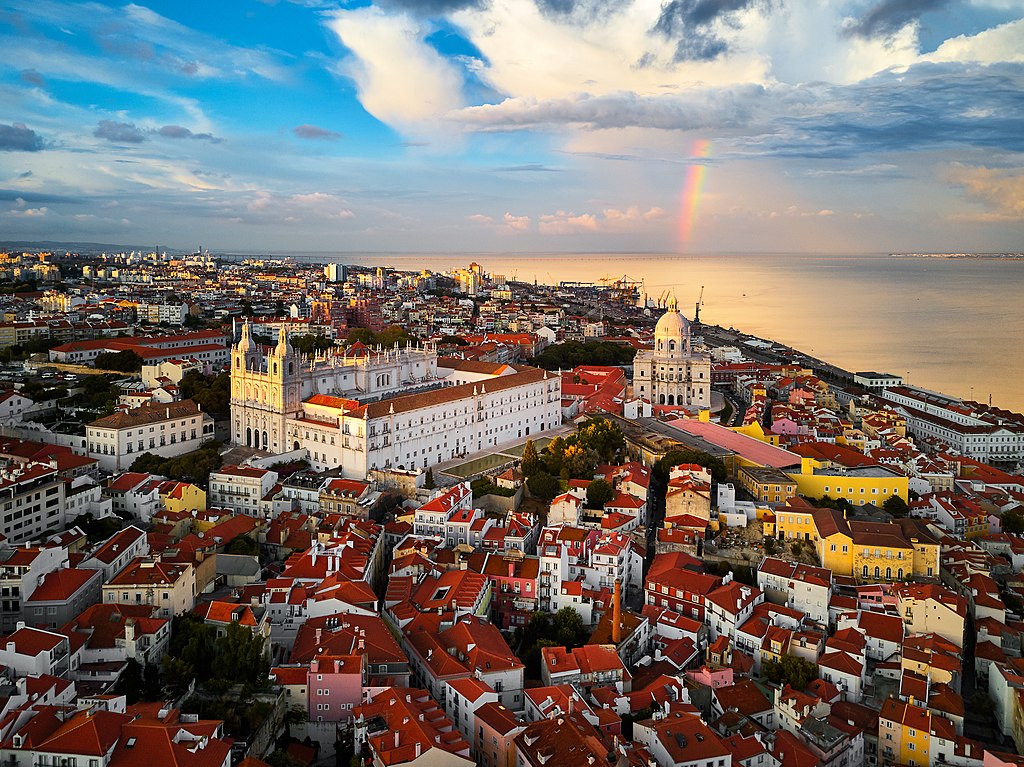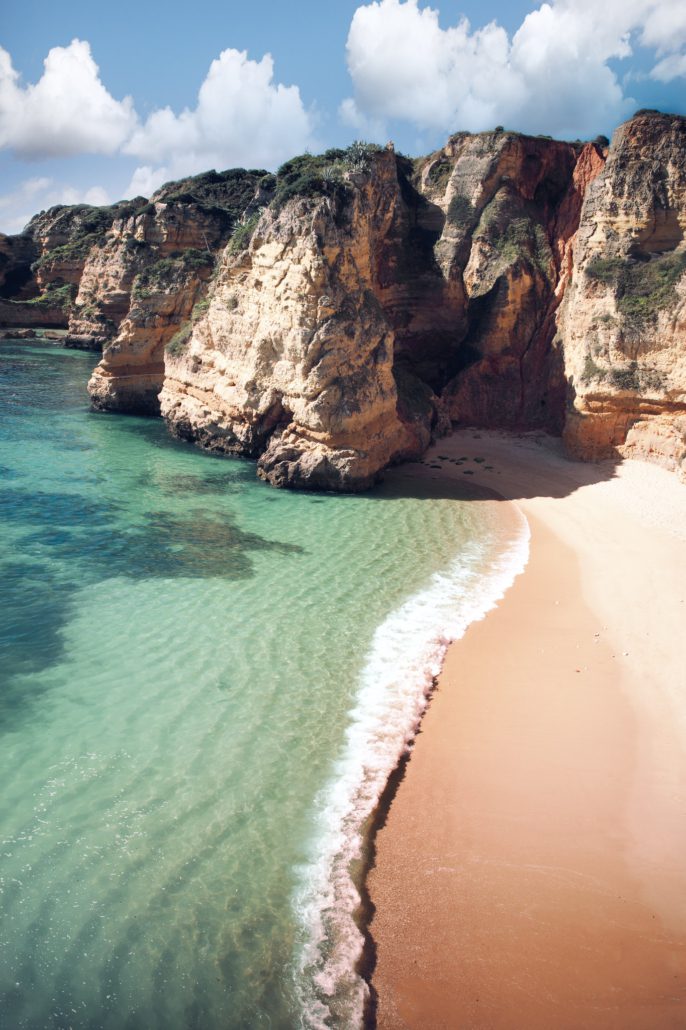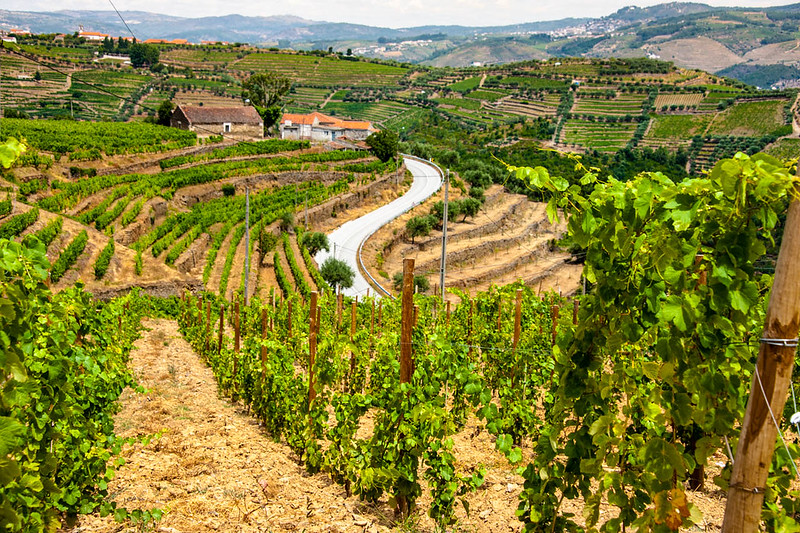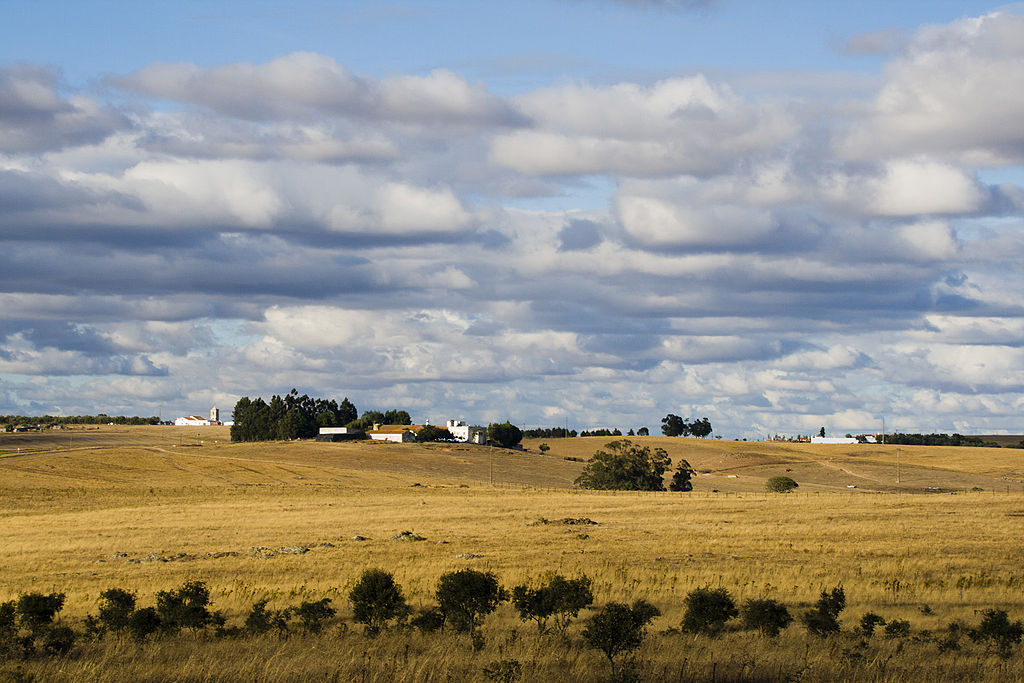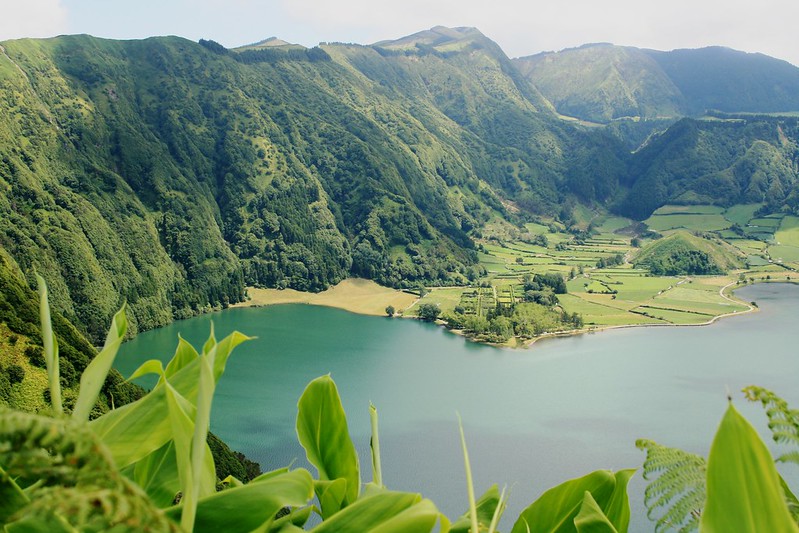California, the Golden State, is a paradise for sports enthusiasts and adventurers alike. From its sun-kissed beaches to majestic mountains, this state offers an abundance of activities to keep you energized and engaged during your travels. Whether you’re a seasoned athlete or a curious beginner, there’s something for everyone to enjoy. Here are the top sports you should try while exploring California.
1. Skateboarding: Join the Legendary Scene
California is the birthplace of skateboarding, and its streets and parks have inspired skaters for generations. Skateboarding isn’t just a sport here—it’s a lifestyle.
- Where to go: Venice Beach Skatepark is a must-visit for its iconic status, while San Diego offers smooth pathways ideal for beginners.
- Pro Tip: If you’re in Los Angeles and keen to hone your skills, consider joining LA skateboard lessons to immerse yourself in the heart of California’s skateboarding culture.
2. Surfing: Dive into California’s Wave Culture
Surfing is synonymous with California, making it a must-try sport for anyone visiting the state. The Pacific Ocean provides consistent waves and scenic surf spots for both beginners and professionals.
- Where to go: Malibu, Huntington Beach, and Santa Cruz are renowned for their surf-friendly conditions.
- Tips: Book a lesson at a local surf school and enjoy the thrill of catching your first wave.
3. Tennis: Play a Classic Sport in Stunning Locations
California’s pleasant climate makes it the perfect place to pick up a tennis racket and enjoy a game or lesson. With courts scattered throughout cities and parks, tennis is both accessible and enjoyable for travelers. If you’re looking to learn tennis in San Diego, you’ll find plenty of options available, including lessons and clinics for all skill levels.
- Where to go: Courts in Balboa Park in San Diego and Griffith Park in Los Angeles are great options.
- Tips: Many parks offer lessons and rental equipment, making it easy for travelers to join in.
4. Mountain Biking: Conquer Rugged Trails
For adrenaline junkies, mountain biking offers an exhilarating way to explore California’s diverse landscapes. From forest trails to desert ridges, there are routes for every skill level.
- Where to go: The trails at Big Bear Lake, Marin County, and Mammoth Mountain are popular among bikers.
- Tips: Wear proper gear and choose trails suited to your experience level to make the most of this adventure.
- Kayaking: Paddle Along Breathtaking Waters
Whether you’re gliding across serene lakes or navigating coastal caves, kayaking offers a unique way to experience California’s natural beauty.
- Where to go: Explore the tranquil waters of Lake Tahoe, the dramatic cliffs of La Jolla Cove, or the bustling harbors of Monterey.
- Tips: Local outfitters provide guided tours and equipment rentals for beginners.
6. Hiking: Explore Nature’s Masterpieces
Hiking is one of the best ways to connect with California’s stunning landscapes. From coastal vistas to mountain peaks, there’s a trail for everyone.
- Where to go: The Hollywood Hills offer sweeping city views, while Yosemite National Park showcases waterfalls and granite cliffs.
- Tips: Start early in the day, carry plenty of water, and wear sturdy shoes.
7. Archery: Focus and Precision
Archery is a sport that blends skill and concentration, offering a peaceful yet challenging experience.
- Where to go: Ranges in San Jose and Pasadena cater to beginners and seasoned archers alike.
- Tips: If it’s your first time, take a quick lesson to learn proper form and techniques.
8. Rock Climbing: Test Your Limits
California’s dramatic landscapes make it a prime destination for rock climbing. Whether indoors or outdoors, this activity guarantees a mix of physical and mental challenge.
- Where to go: Yosemite National Park is a global climbing hotspot, while Joshua Tree offers routes for all skill levels.
- Tips: Beginners should always climb with a guide or join a climbing group for safety.
9. Beach Volleyball: Soak Up the Sun
California’s sandy beaches provide the perfect backdrop for a fun game of volleyball. It’s an excellent way to meet new people while enjoying the outdoors.
- Where to go: Santa Monica and Huntington Beach have dedicated volleyball courts that are often open to the public.
- Tips: Bring your sunscreen and stay hydrated while playing under the sun.
10. Skiing and Snowboarding: Hit the Slopes
During the winter months, California’s mountains transform into snowy wonderlands perfect for skiing and snowboarding.
- Where to go: Mammoth Mountain and Lake Tahoe are top destinations for snow sports.
- Tips: Many resorts offer lessons and rental equipment, making it easy for beginners to join in on the fun.
Ready to Explore?
California’s diverse array of sports guarantees there’s no shortage of thrilling adventures waiting for you. From catching waves to soaring down mountain slopes, each activity brings its own unique charm. So, pack your gear, embrace the challenges, and discover the sporting side of the Golden State!

